 |
| January 22, 2020 |
Dear Reader,
The CDC has confirmed the first U.S. case of coronavirus in a man traveling from Wuhan, China, where the deadly virus appears to have originated. In our lead story, health and biology editor Tanya Lewis discusses the likely mode of transmission and development of a vaccine with Anthony Fauci, director of the National Institute of Allergy and Infectious Diseases. Next up, scientists have constructed the largest brain map to date using fruit flies. Also, a new study finds that certain cultural phenomena like pop music evolved at roughly the same pace as Darwin's finches. And in environmental news, research suggests that the Montreal Protocol, which phased out ozone-eating chemicals, did more than just preserve a critical shield for the planet: scientists say without the international treaty the impact of global warming would be more severe. |
| | Sunya Bhutta, Senior Editor, Audience Engagement
@sunyaaa | |
 |
| |
| |
| |
| |
| |
FROM THE STORE
 | | The Microbiome: Your Inner Ecosystem We harbor roughly the same number of microbes as we have cells. This complex ecosystem is crucial to our health, affecting many processes including immunity, child development and bone density regulation. Research in this area has exploded, and in this eBook, we highlight some of the most exciting work on how the microbiome develops, its influence on brain and behavior and implications in both contributing to and treating various disorders. |  | | |
| |
FROM THE ARCHIVE
 | | | |
| |
LATEST ISSUES
 |
| |
| Questions? Comments?  | |
| Download the Scientific American App |
| |
| |




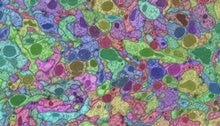
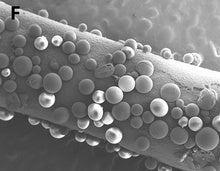
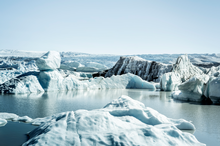
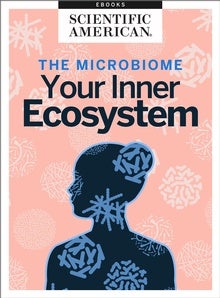


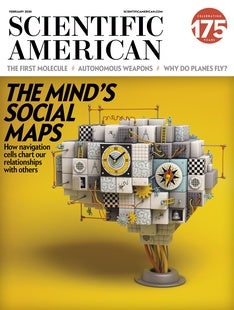

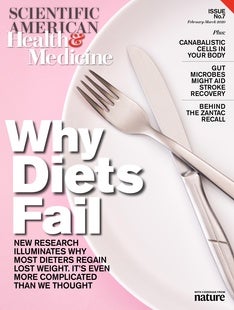
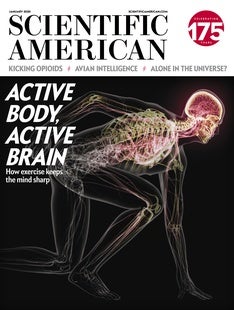
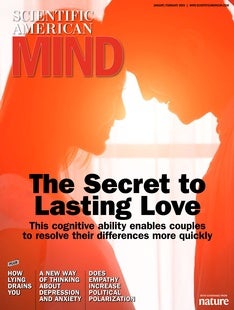



Comments
Post a Comment